The impact food has on health has been a hot topic for decades. In the mid-90s, experts at CultureWaves, the behavior science company that keeps us up to date on emerging trends, began talking about consumers eating foods for specific health benefits. Food brands began promoting the beneficial effects of specific foods and ingredients (neutraceuticals), and adding all kinds of ingredients thought to have positive effects, as people moved more toward eating with the mind-body effect front-and-center.
Today, we often hear about superfoods. Typically, those foods rich in nutrients believed to have specific health benefits. Most are plant-based, with the emphasis being on benefits that occur naturally, as opposed to those added during processing.
Guest columnist Sarah Miller takes a look at how you can grown your own superfood garden at home. —Editor

How To Grow A Superfood Garden
Superfoods have been making news for years now, promising everything from pain relief to brain-boosting. What makes these foods so special is levels of vitamins, minerals, and compounds that offer tremendous health benefits. Some superfoods are super exotic (like seaweed and reishi mushrooms), but others can grow easily in your own backyard.
Plan Your Plot
Start your garden plan by making a list of superfoods that will grow in your hardiness zone. Decide which plants and how many of each you want. Using a ruler and graph paper, create a drawing of your garden plot to scale (i.e., one cell equals six inches). Draw out your garden using the diameters of all plants at full maturity to figure out how much space you’ll need for the number of plants you would like to grow. Alternate plant varieties in your design. Long rows of a single variety can invite all sorts of garden and lawn pests to your yard.
Berries
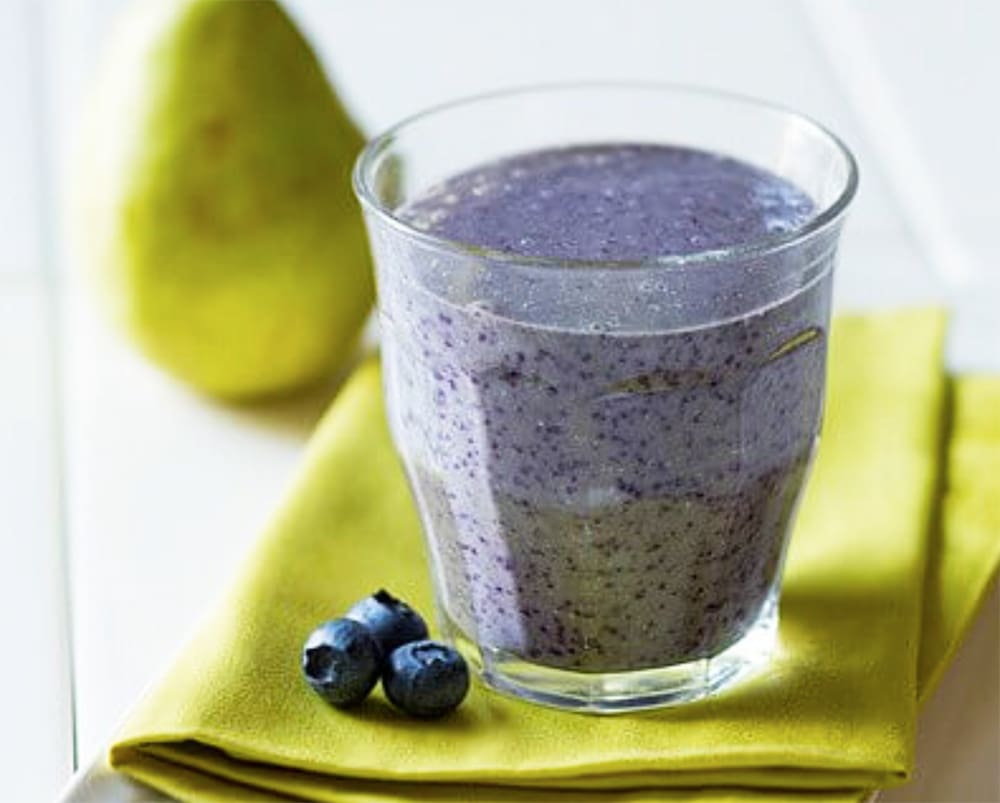
Blackberries and blueberries are full of antioxidants and phenolic compounds that ward off cancer and disease and can help slow aging in the brain. Blackberry vines are easy to grow—once they get established, they are unstoppable. Thornless varieties are the best for a home garden. Blueberry bushes thrive in acidic soil and benefit from pine needle mulch and an application of coffee grounds. If you treat these two right, you’ll have more berries than you know what to do with.
Cruciferous Vegetables
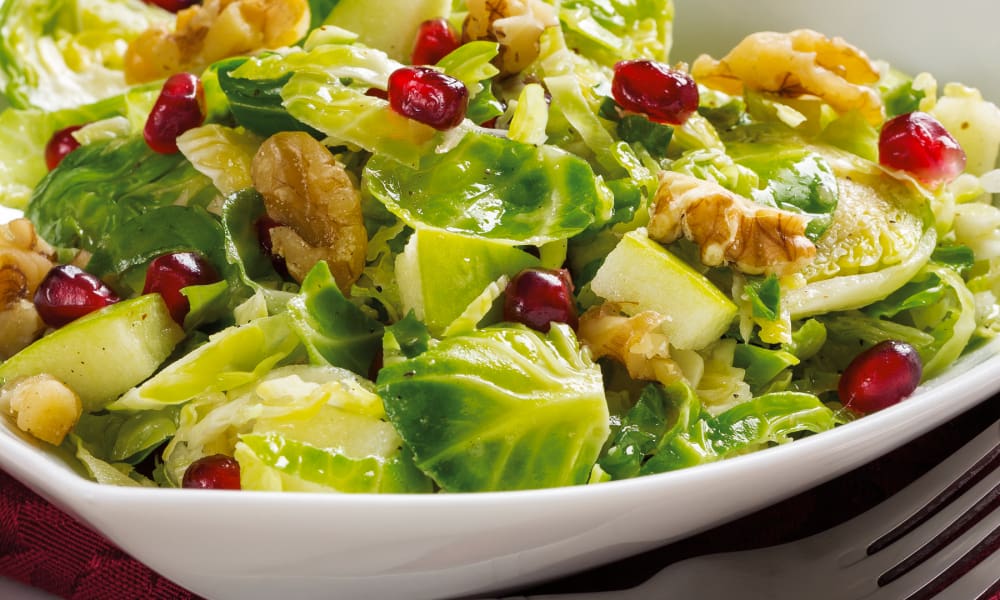
This entire family of vegetables is notorious for being healthy. The superfood varieties are broccoli, brussels sprouts, collard greens, kale, and turnip greens. This group is packed with the nutrients sulforaphane, carotenoids, vitamin C, copper, and omega-3 fatty acids. Eating these is said to improve skin tone by calming inflammation and increasing collagen. They also work to improve heart health, stimulate hair growth and lower your risk of getting cancer.
Fruit Trees

No matter what your hardiness zone is, you can find a fruit tree variety for your garden. Humble apples are a surprising superfood. They lower the risk of diabetes, aid digestion, and stave off brain diseases. The tropical papaya is a rapidly-growing tree whose bright orange fruits help with digestion, control blood pressure, and combat oral and throat cancers. Grapefruit support liver function, combat breast cancer and bolster immune functions. Pomegranates are known to improve circulation, slow the growth of prostate cancer, and reduce blood cholesterol levels.
Fruit trees require more space than vegetables but they compensate for their footprint by producing for many years.
Legumes
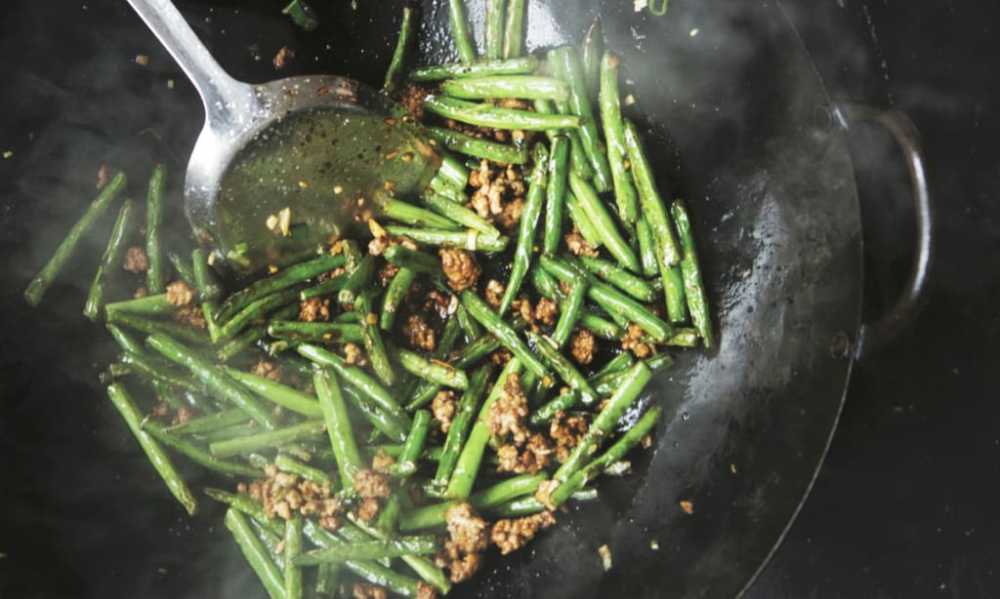
Beans and peas reduce blood pressure, cholesterol and can help control diabetes. Beans grow easily and produce buckets of pods. You can eat them fresh or harvest them dried. Just remember to give the climbing varieties something to support their vines.
Tomatoes
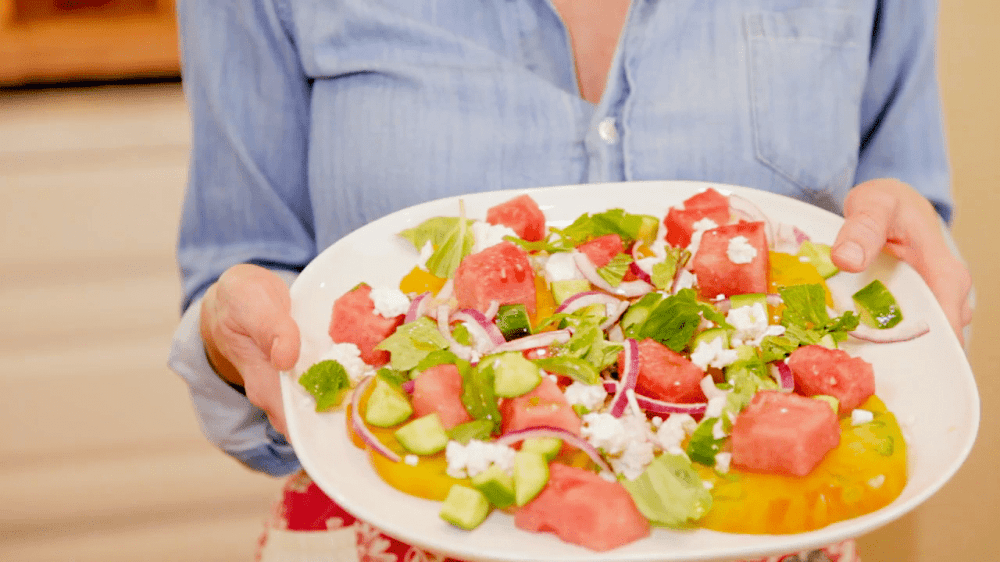
Rich in lycopene, potassium, and vitamin C, tomatoes are a superfood that are a staple of most gardens. They can improve sleep and memory, are good for the heart, and support brain and nerve tissue.
Super-Roots
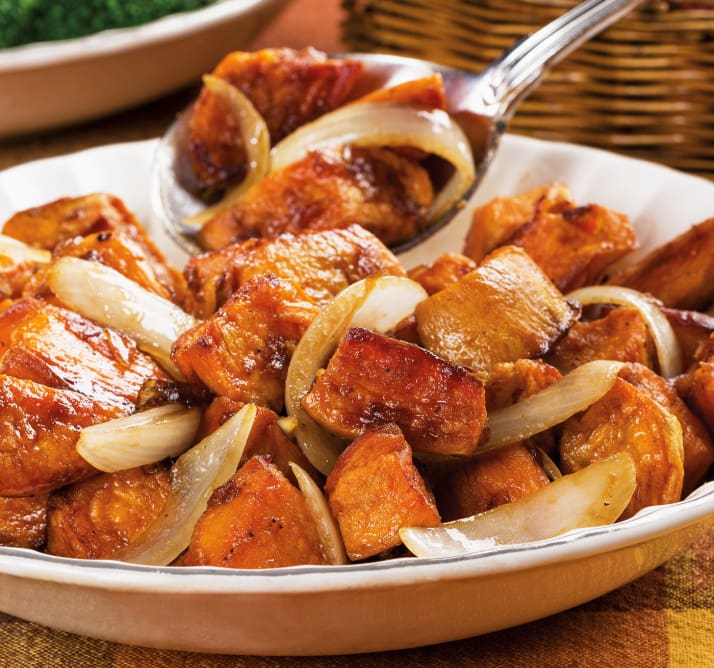
Sweet potatoes are incredibly easy to grow. Give them lots of space (preferably a mound), and they will go nuts. These delicious ground dwellers are full of antioxidants that help to regulate blood sugar. Once sweet potatoes are established in your garden, you can expect them to return annually.
Herbal Allies
There are a few superfood herbs. They can also attract beneficial insects while repelling garden pests.
- Cilantro boosts fat metabolism and lowers blood sugar, which helps with weight loss.
- Chamomile improves the flavor of vegetables and can also be harvested and dried for tea.
- Mint is a known digestive aid that can ease stomach pain and may help prevent cancer. Mint interplanted with garden plants helps keep ants, mosquitoes, and mice at bay.
- Parsley is both tasty, antioxidant-rich and supports healthy kidney function.
Keep in mind you don’t necessarily need a large garden to grow any of these superfoods. It’s easy to start a balcony garden with herbs or a few potted vegetable plants. You can even use your kitchen window sill for a mini garden. Growing healthy foods can be a lot of work, but the rewards are huge at harvest time.
Sarah Miller is a writer, self-claimed nutritionist, and CrossFit junkie. She spends most of her time meal prepping and actively trying to beat personal records in the gym, but always enjoys a meditative walk through a nearby woodland area or near a lake.


You must be logged in to post a comment.